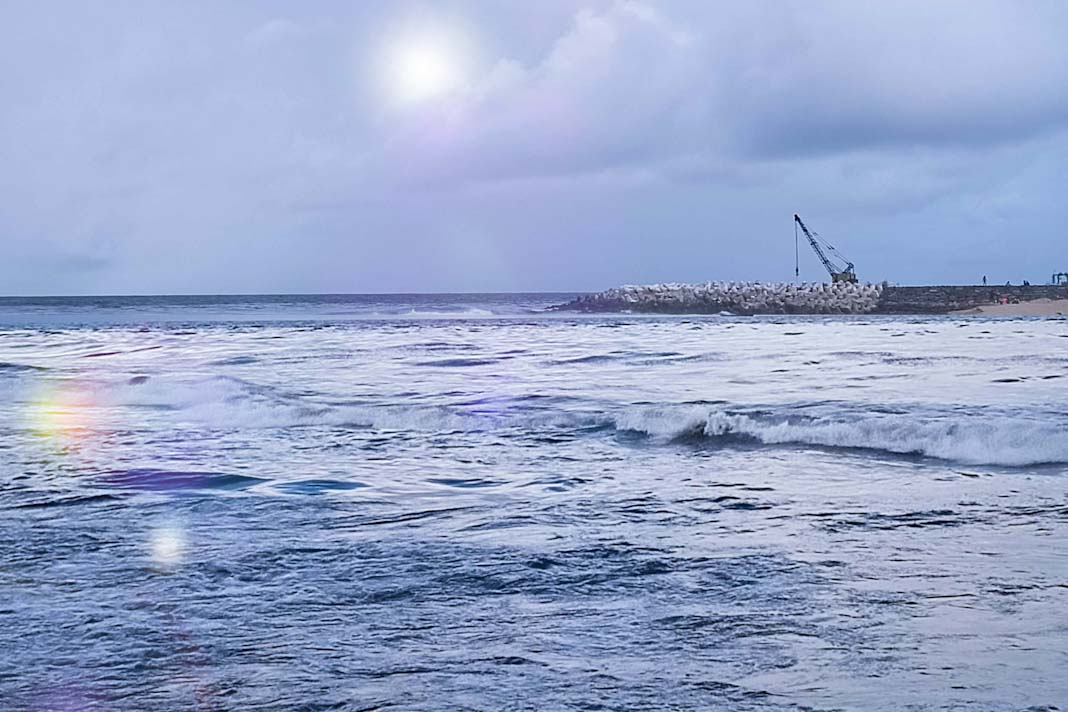The Panama Canal is facing an unprecedented drought with warming effects of El Nino potentially exacerbated by climate change, which could hit the key waterway’s transit volume in the months to come, sources S&P Global Commodity Insights.
Driest Season
Water levels at Gatun Lake, the largest artificial lake feeding into the canal system, have been generally below 80 feet, or around its record low, since this summer, prompting the Panama Canal Authority to progressively tighten restrictions on the number and size of ships allowed to pass through. The development has come as Panama faces its driest rainy season in decades and the authority’s administrator, Ricaurte Catin Vasquez, said the current drought was “so unique” and born of a weather pattern “that we have never seen in our history”.
The canal, constructed between 1903 and 1914, has faced a recurring El Nino phenomenon every 2-7 years that tends to heat the eastern Pacific Ocean. But this year, global average sea surface temperatures also reached a new record 20.96 C on July 31, partly due to unusually high temperatures across the northern Atlantic, according to the EU’s Copernicus Climate Change Service. “We had records for about 120 years … This is the first time we have a record that both the Caribbean and the Pacific water temperatures increased simultaneously,” Vasquez said.
Congestion Issues
In its latest attempt to reserve water during canal operations, the authority has announced the average daily transits will be reduced to 31 ships from 32 ships from Nov. 1, including nine through the larger Neopanamax locks and 22 through the Panamax locks. Those will be further cut to 25 from Nov. 3, then to 24 from Nov. 7, 22 from Dec. 1, 20 from Jan. 1, and 18 from Feb. 1. In comparison, the maximum sustainable capacity is at 38-40 daily transits via both locks. The restriction is based on the authority’s rainfall forecast should be reliable for 90 days, and shipping companies would be informed of any further change 3-4 weeks in advance if required, Vasquez suggested.
The authority reported 12,638 commercial transits via the canal in the fiscal year 2022-23 (October-September) when small ships were excluded, down from the record level of 13,003 transits in FY 2021-22. Lower-than-usual transits have led to serious congestion this year. Average waiting time has reached 5.29 days for northbound voyages and 5.58 days for southbound in October, down from 9.52 days for northbound and 8.66 days for southbound in August but still historically high, according to the authority’s data.
Draft Restrictions
The authority has confirmed it will keep the draft restriction at Neopanamax locks at 44 feet from next month, compared with the maximum level of 49.5-50 feet. The restriction for Panamax locks will stay at the maximum level of 39.5 feet. Panama’s rainy season typically lasts from May to November, and Vasquez suggested this year’s dry season will probably start in the later part of November. “We expect that restrictions to remain…for as long as we do not have rain.”
Total cargo in transit reached 291.7 million long tons in FY 2021-2022 and included 105.1 million lt of dry bulk, 62.4 million lt of containers, 49.2 million lt of chemicals, 29.2 million lt of LPG, 19.6 million lt of crude and oil products, and 13.1 million lt of LNG. Existing draft limits would prevent the passage of fully laden Neopanamax ships. While a containership could discharge some of its cargo for land transportation in the Central American country, dry bulk carriers are likely to opt for different trade lanes, Vasquez said.
The Way Ahead
Aside from transit restrictions, the canal has initiated a series of water-saving measures including reuse, simultaneous crossings and schedule optimization, among others, to deal with the prolonged drought. Moreover, the authority plans to spend $800 million to $900 million building a new reservoir, which could be operational in five years and increase the daily transit capacity by 11 Panamaxes under normal weather conditions, Vasquez said.
However, the project needs to be approved by the National Assembly of Panama, which is up for election in May 2024 and is not expected to be decided by then. “It becomes extremely complicated when you have an election and such a weather situation,” Vasquez said, adding the authority has embarked on preparatory engineering and social-economic works. As no reservoirs could be immune from prolonged drought conditions, Vasquez, whose seven-year term began in 2019, said the authority was studying how climate change affects Panama with institutions including the European Space Agency and the US National Oceanic and Atmospheric Administration.
Did you subscribe to our daily newsletter?
It’s Free! Click here to Subscribe!
Source: SPglobal
















